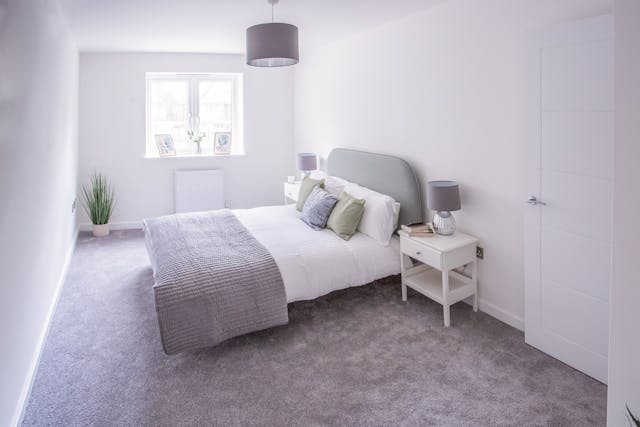Revolutionizing Design Visualization
In the past, interior designers relied on sketches, floor plans, and mood boards to communicate their ideas to clients. While these methods are still in use, they often fall short in conveying the full scope and detail of a design. Interior 3D rendering has revolutionized this process by providing highly detailed, photorealistic images that bring design concepts to life.
- Realism: Interior 3D rendering allows designers to create lifelike representations of spaces, complete with accurate lighting, textures, and materials. Clients can see exactly how a room will look before any physical changes are made.
- Immersion: With the rise of virtual reality (VR) and augmented reality (AR), interior 3D rendering is becoming even more immersive. Clients can virtually walk through a space, experiencing it as if it were already built.
- Customization: Designers can easily tweak elements in the 3D model, allowing clients to visualize different design options and make informed decisions.
Enhancing Collaboration and Communication
One of the most significant challenges in interior design is ensuring that all stakeholders—clients, designers, contractors, and architects—are on the same page. Interior 3D rendering enhances collaboration and communication by providing a clear, shared vision of the project.
- Unified Vision: A 3D render serves as a single point of reference that everyone involved can understand and agree upon, reducing the risk of miscommunication.
- Efficient Feedback: Clients can provide more accurate feedback when they see a 3D render, allowing designers to make adjustments quickly and efficiently.
- Streamlined Process: With a detailed 3D model as a guide, the construction and implementation phases are more streamlined, reducing the likelihood of errors and delays.
Sustainability and Efficiency
As sustainability becomes increasingly important in interior design, interior 3D rendering is playing a crucial role in promoting eco-friendly practices. By allowing designers to experiment with different materials, layouts, and lighting configurations in a virtual environment, interior 3D rendering can help identify the most sustainable and efficient options before any physical resources are used.
- Material Selection: Designers can test and visualize the use of sustainable materials in their 3D models, ensuring that they meet both aesthetic and environmental standards.
- Energy Efficiency: Interior 3D rendering can simulate different lighting scenarios, helping designers create energy-efficient spaces that maximize natural light and minimize energy consumption.
- Waste Reduction: By finalizing designs in a virtual space, interior 3D rendering reduces the need for costly and wasteful revisions during the construction phase.
Adapting to New Trends and Technologies
The future of interior design is closely tied to the continued development of interior 3D rendering technologies. As these tools become more advanced and accessible, they will enable designers to push the boundaries of creativity and innovation.
- Virtual Reality Integration: The integration of VR with interior 3D rendering is set to become more common, offering clients fully immersive design experiences.
- Real-Time Rendering: Advances in real-time rendering technology will allow designers to make instantaneous changes to their models, providing clients with immediate visual feedback.
- AI and Automation: Artificial intelligence (AI) is beginning to play a role in interior 3D rendering, automating certain aspects of the design process and offering data-driven insights that can inform design decisions.
Conclusion
The future of interior design is bright, with interior 3D rendering leading the way as a transformative tool that enhances visualization, collaboration, sustainability, and innovation. As technology continues to advance, interior 3D rendering will become even more integral to the design process, enabling designers to create more accurate, sustainable, and inspiring spaces. For those in the interior design industry, staying ahead of these trends and embracing the power of interior 3D rendering is essential for success in the years to come.



